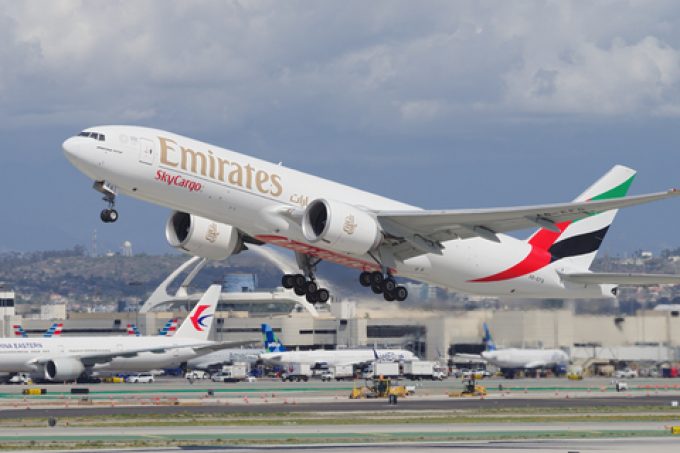End of de minimis adds to an already gloomy forecast for air freight
Stakeholders are quickly coming to terms with what the end of de minimis will mean ...

The gap between air cargo spot rates and ocean rates on the transpacific is shrinking: a phenomenon which, during the pandemic, led to a greater use of airfreight.
In the first week of this month, the average air cargo spot rate on the trade was around ...

Comment on this article